Working Groups
|
On this page: |
|
WG 01: Reactive WPT

Aigue Patrick Hu (Chair)
It is well known that electric power can be transferred wirelessly based on electromagnetic induction. In principle this is possible from any AC source regardless of its frequency. However, depending on the physical size of the transmitter (Tx) and receiver (Rx) of a WPT (Wireless Power Transfer) system, as well as the transfer distance of interest, a WPT system can be roughly categorised as near field and far field systems, which are also named as non-radiative/reactive/coupled, and radiative/radio wave/decoupled WPT systems, respectively.
This working group intends to promote the research and development of near field reactive WPT systems. Special focus will be put on the theoretical study and practical applications of IPT (Inductive Power Transfer) and CPT (Capacitive Power Transfer) based on magnetic and electric field coupling. The work will include but not limited to: WPT system modelling and analysis, lumped circuit theories, magnetic and electric field distribution, Poynting vector analysis, power transfer mechanism, resonance and tuning/compensation design, bifurcated nonlinear WPT systems, system control and optimization, etc.

Hooman Kazemi (Chair)
Contact
WG 03: Electromagnetic Compatibility
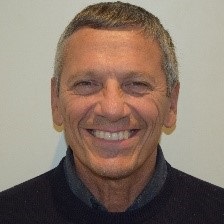
Mauro Feliziani (Chair)
Aim of Working Group:
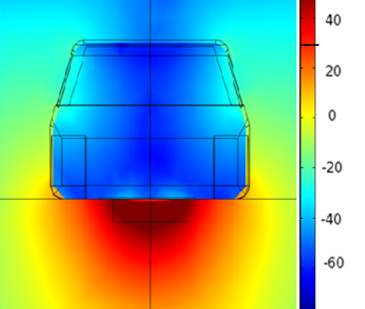
Aim of the Working Group WG-03 is to provide scientific and engineering information and services in the field of electromagnetic compatibility (EMC), electromagnetic field (EMF) safety and biomedical engineering related to near-field and far-field wireless power transfer (WPT) technologies.
Fields of interest: Standards, measurement techniques and test procedures, instrumentation, equipment and systems characteristics, interference control techniques and components, field mitigation techniques, education, computational analysis, and spectrum management, along with scientific, technical, industrial, professional or other activities that contribute to this field.
Examples of EMC related fields:
- EMF Safety
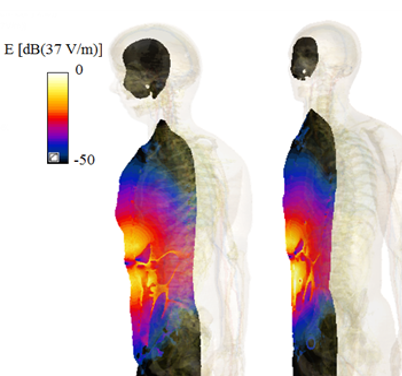
- Human exposure to far field and near field WPT systems
- Compliance assessment with international standards and guidelines
- Low frequency and high frequency dosimetry
- Bioelectromagnetics and Medical Devices
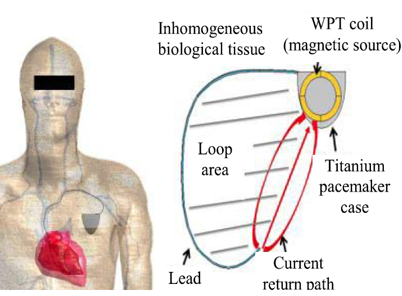
- EMI with cardiac electronic implantable device (CEID)
- WPT system for biomedical devices

Short-term goals:
- Membership affiliation. How to register researchers and technicians as WG 03 members.
- Organization of Workshops and Special Sessions on WPT-EMC-EMF topics in high level scientific conferences.
- Organization of young researcher activities.
- Organization of short courses, webinars and WG 03 meetings.
- Organization of Special Issues on scientific journals.
- Review of standards and support for standardization bodies.
- Creation of sub-committees in traditional IEEE societies.
- Creation of a new IEEE society on WPT together with the other WGs.
- Standards;
- Measurement techniques and test procedures;
- Instrumentation;
- Equipment and systems characteristics;
- Interference control techniques and components;
- Field mitigation techniques;
- Computational analysis;
- Spectrum management;
- Education.
- Jow and M. Ghovanloo, "Design and Optimization of Printed Spiral Coils for Efficient Transcutaneous Inductive Power Transmission," IEEE Trans. Biomed Circuits Syst., vol. 1, no. 3, pp. 193-202, Sept. 2007.
- Ahn et al., "Low frequency electromagnetic field reduction techniques for the On-Line Electric Vehicle (OLEV)," 2010 IEEE Int. Symp. Electromagn. Compat., Fort Lauderdale, FL, USA, 2010, pp. 625-630.
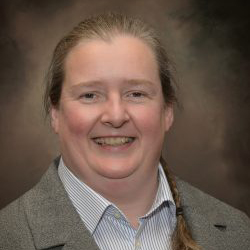
Dominique Schreurs (Chair)

Chiao Jungchih (Chair)
Wireless Power Transfer (WPT) techniques have enabled many novel applications, providing advantages of being nondestructive and noninvasive, mobility, convenience, efficiency and new functions. Currently, they have been demonstrated in applications for vehicles, drones, medical implants, consumer electronics, factory and industrial instruments, mobile sensors, and Internet-of-things (IOT) devices. Researches have also been conducting for aerospace, satellite, energy distribution, sensor network, and city infrastructure applications. These applications are changing the technology landscapes and making significant impacts on our society.
This working group aims to promote research and development collaboration among experts in WPT and specific applications with goals to identify stakeholders and common technology needs in several key applications areas including (1) vehicles; (2) aerospace; (3) healthcare and medical devices; (4) wearables; (5) IoT devices and sensors; (6) energy industry and (7) emerging applications. The works include but no limited to: synergy developments for best practices toward these applications; collaborative studies of fundamental issues; collaboration toward standardization among stakeholders; promotion of technologies; roadmaps for specific application fields; and establishment of industrial initiatives or consortiums.

